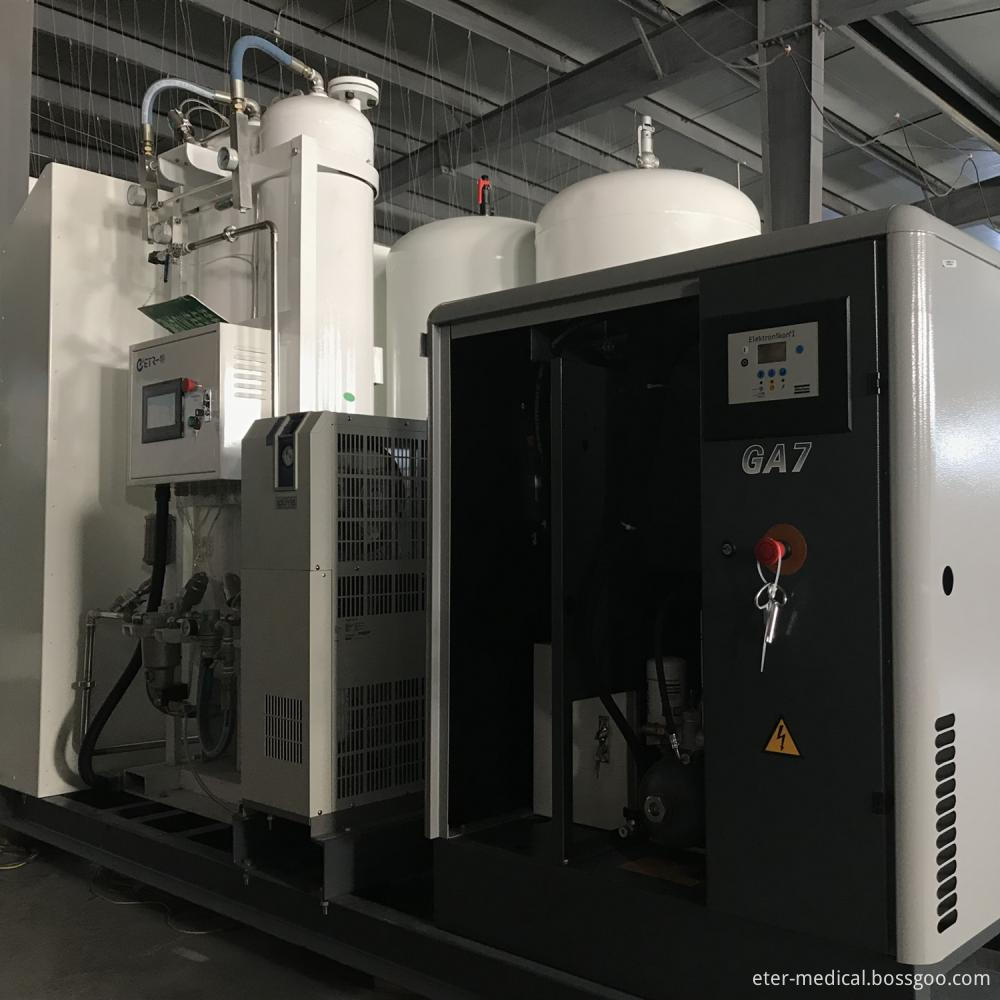Huazhong Agricultural University's Rol Genetically Modified Root Cotton Project passed the appraisal
Professor Yang Yehwa, Professor of Plant Science and Technology College of Huazhong Agricultural University, sponsored the cultivation of Rol transgenic strong rooting cotton and the cotton transgenic technology innovation project. In December 2004, he was identified by experts from the Wuhan Municipal Science and Technology Bureau of Hubei Province. Experts in the assessment believe that the technical platform created by the Institute is highly operational and has very good application prospects; the overall results have reached the leading domestic level, among which the method of directly transforming young shoots into seedlings is internationally advanced.
According to experts, cotton is an important crop, but poor root regeneration and difficulty in transplanting. In the cotton production in the south of China's cotton area, the technology of transplanting seedlings with nutritious germanium is widely used to overcome the problem of difficulty in survival of transplanting cotton seedlings and advance the growth period of cotton. However, even if it is the best cotton variety at present, transplanting through the nursery of seedlings of nutrients, the seedling-reducing period has at least 15 days, and it still affects the proportion of early-onset cotton and pre-floss peach, peach and autumn peach. Moreover, due to the cutting of the main roots during transplanting, it often leads to premature aging at the late stage of reproduction, which seriously affects cotton yield.
In order to improve cotton seed traits and reduce the threshold for planting, the experts envisaged the transfer of artificially recombined rooting genes (rol genes) derived from Agrobacterium rhizogenes to cultivated upland cotton varieties in order to enhance the rooting ability of cotton and improve its root development. To solve the problem that cotton transplanting is difficult to survive, long seedlings are prolonged, and premature senescence is delayed. For the southern cotton area, even the transplanting process for the breeding of seedlings can be directly omitted, thereby greatly increasing cotton production, saving labor and production costs.
According to reports, Agrobacterium is a gram-negative Agrobacterium, which was discovered in 1907 as a cause of plant tumorigenesis. Agrobacterium tumefaciens, which induces crown gall tumors, induces hairy roots and is called Agrobacterium rhizogenes. In 1974, scientists discovered that there is a circular Ti or Ri plasmid in root cancer and Agrobacterium rhizogenes. A T-DNA (transfer DNA) on the plasmid contains an auxin gene and a cytokinin gene, which can be inserted into plants. The genome thus causes changes in cell characteristics. Since T-DNA is capable of high-frequency transfer and an exogenous DNA up to 50 kb can be inserted into the Ti plasmid, this natural genetic transformation system can be utilized to transfer foreign DNA into plant cells and utilize plant cell's versatility. Sex, a complete transgenic plant is grown from a transformed cell. This method has dominated the current transgenic technology. Among them, the rol gene of Agrobacterium rhizogenes is used to transform other plants to improve their growth and development characteristics. There have been many reports abroad, but no application has been made in cotton.
The cultivation of Rol transgenic strong rooting cotton and the innovation of cotton transgenic technology were listed as the sub-subprojects of research and development of plant genetically modified technology in Wuhan City. Prof. Yang Yehua and others established the cotton mediated by Agrobacterium tumefaciens through research. The transgenic technology platform bypasses the technical difficulties of traditional methods by directly transforming young shoots into seedlings, shortening the time for obtaining transgenic cotton plants.
Based on this method, the researchers transformed rol rooting genes into upland cotton cultivars, and obtained a series of important application potentials such as the rooting and disease-resistant product line, the rooting and insect-resistant product line, the high-quality fiber line, and the rolB transgenic male sterile line. Cotton transgenic material. Three new strains of transgenic cotton with high yield, good fiber quality, high yield of lint and application value are cultivated. At the same time, rolB transgenic male sterility materials were also obtained.
The medical Psa Oxygen Generator system consists of the air compressor, air-water separation device, dryer, air dew point monitoring device, multi-stage filter, air buffer tank, air moisture monitoring device, Oxygen Generator, oxygen buffer tank, flow meter, online oxygen monitoring device, cylinder manifold system, smart electric control cabinet, computer monitoring system, remote network monitoring system and oxygen booster system.
For the compacted oxygen generator system, all the parts can be compacted together and skid mounted. So it is easy for the installation and operation and maintenance.

Compacted Oxygen Generator
Compacted Oxygen Generator,Oxygen Production Line ,Oxygen Produce Machine,Oxygen Genration System
Hunan Eter Electronic Medical Project Stock Co., Ltd. , https://www.centralgas.be